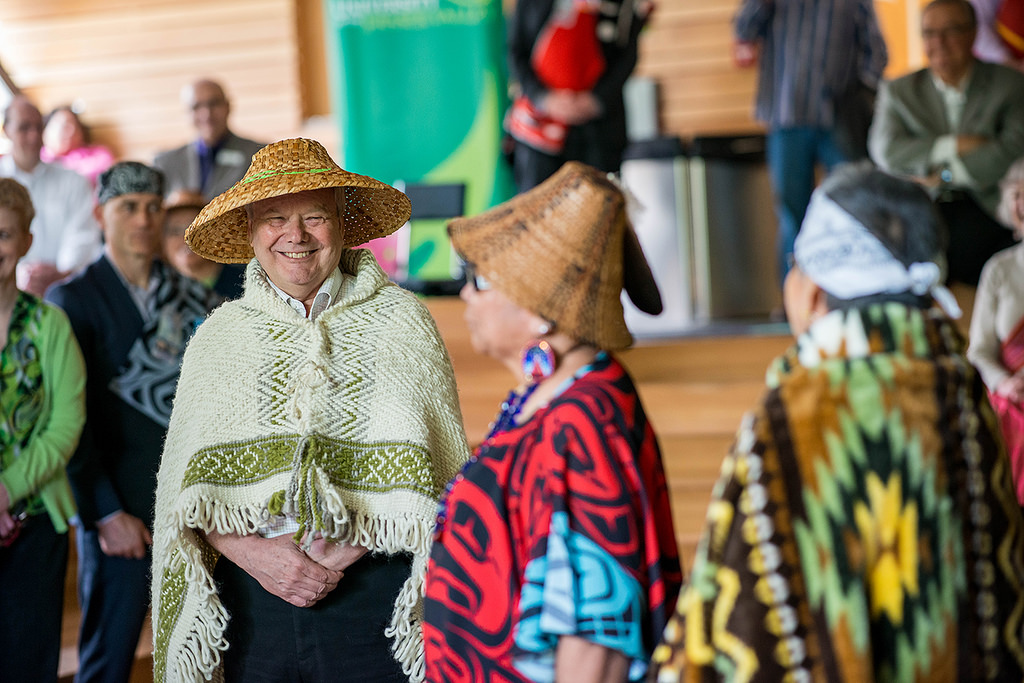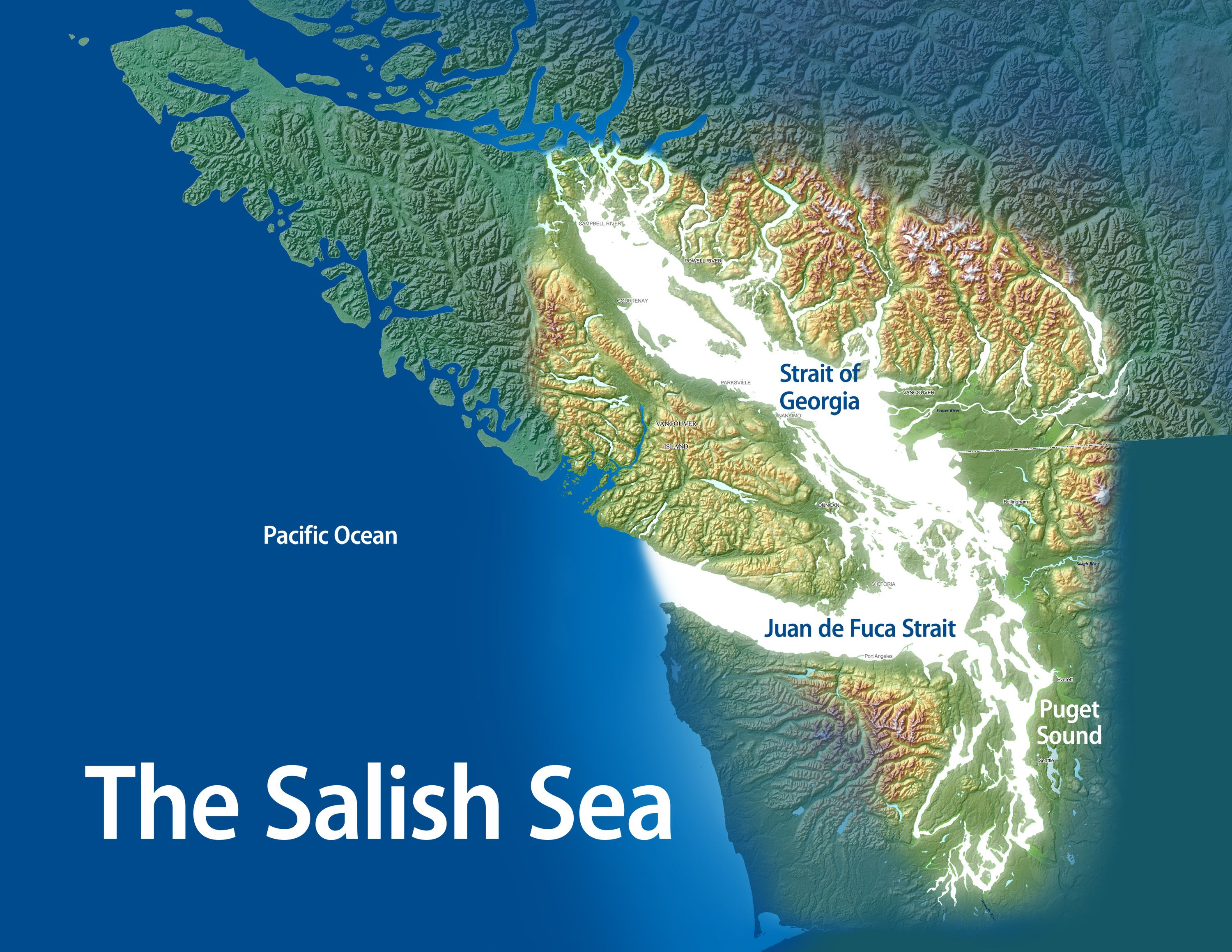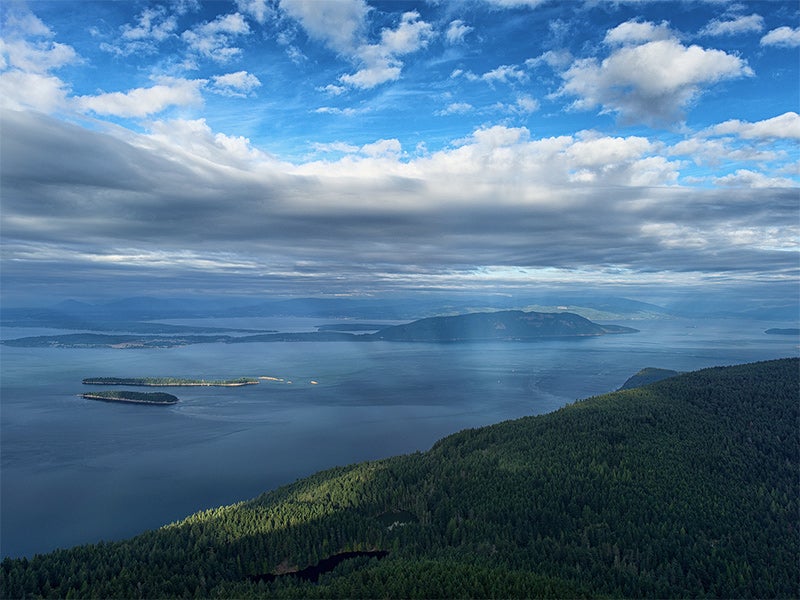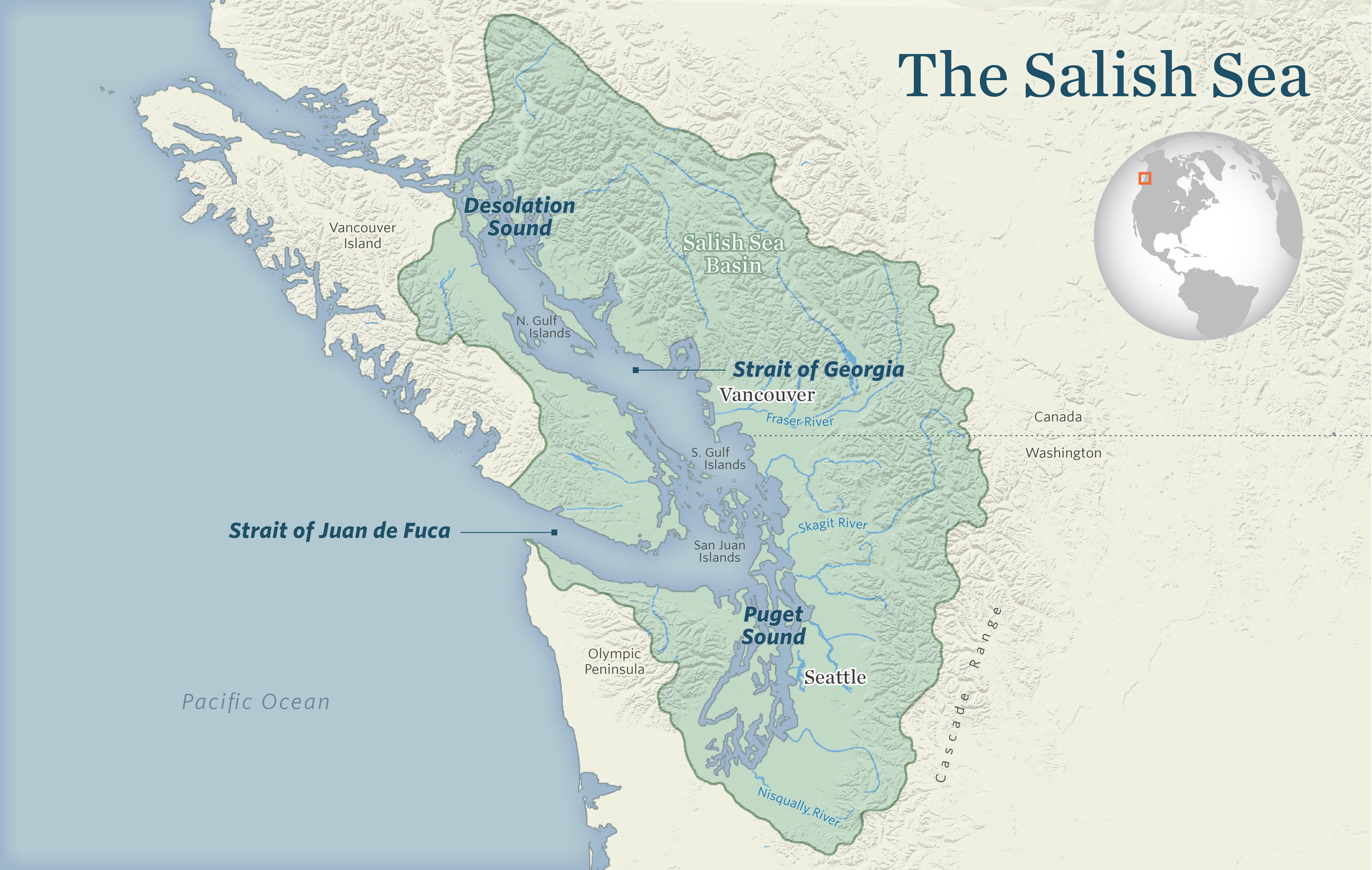
Where Ancestral Paths Meet Wild Plains: A Traveler’s Review of the Bison Range
For the discerning traveler seeking more than just a scenic vista, but a profound connection to land, culture, and the wild heart of North America, the Bison Range on Montana’s Flathead Reservation offers an unparalleled journey. This isn’t merely a wildlife refuge; it is a living testament to ancestral stewardship, a place where the majestic American bison roam freely on lands revitalized under the care of the Confederated Salish and Kootenai Tribes (CSKT). Forget your typical tourist trap; this is an immersion into the very soul of the Salish Kootenai ancestral gathering areas, painted across sprawling plains and rolling hills.
My recent visit to the Bison Range was an experience that transcended the visual, touching something deeply resonant within. What makes this destination so uniquely powerful isn’t just the sheer abundance of wildlife, but the profound historical and cultural narrative woven into every blade of grass and every distant mountain peak. It’s a journey into a landscape that has been a spiritual and physical home for millennia, now managed by the very people whose ancestors called it sacred.
The Land Returns: A Story of Stewardship and Resilience

To truly appreciate the Bison Range, one must first understand its journey. For over a century, this 18,500-acre sanctuary, established in 1908, was managed by the U.S. Fish and Wildlife Service, an ironic twist given that it sits squarely within the aboriginal territory and the Flathead Reservation of the Salish, Pend d’Oreille, and Kootenai people. The bison, or i’n-ka-na (Kootenai) and qʷqʷuʔłnm (Salish), were not just animals; they were central to the tribes’ spiritual beliefs, sustenance, and way of life. Their near-extermination was a devastating blow, and the creation of the National Bison Range by the federal government, while preserving the species, also represented a continued diminishment of tribal sovereignty over their own lands.
However, a new chapter began in 2020. Through tireless advocacy and a landmark agreement, the management and ownership of the Bison Range were formally restored to the Confederated Salish and Kootenai Tribes. This was not merely a transfer of assets; it was a profound act of restorative justice, acknowledging the inherent connection between the tribes and their ancestral lands. For a traveler, this means that your visit directly supports tribal self-determination and the continuation of ancient land management practices. You are not just observing nature; you are witnessing a powerful example of resilience and renewed stewardship.
The significance of this cannot be overstated. When you drive through the Bison Range today, you are not just seeing a preserve; you are witnessing a landscape cared for by people whose ancestors have lived in harmony with it for countless generations. The traditional ecological knowledge, the deep understanding of the land’s rhythms, and the spiritual connection to the bison are now at the forefront of the range’s management. This imbues the entire experience with a deeper meaning, transforming a simple wildlife drive into a journey through living history.
The Grand Drive: An Encounter with Wild Majesty

The primary way to experience the Bison Range is via its two scenic drives: the challenging but rewarding Red Sleep Mountain Drive and the gentler Prairie Drive. I opted for the full Red Sleep Mountain Drive, a winding, 19-mile one-way route that climbs over 2,000 feet, offering panoramic vistas that stretch from the snow-capped Mission Mountains to the distant ripples of Flathead Lake.
Almost immediately upon entering, the magic begins. The plains unfurl, dotted with sagebrush and ponderosa pines, and then, in the distance, a dark, undulating mass. Bison. Not just a few, but hundreds, grazing contentedly, their massive heads lowered, their shaggy coats blending seamlessly with the tawny grasses. It’s an awe-inspiring sight, a tangible link to a past when these plains teemed with millions of these magnificent beasts.
As you ascend Red Sleep Mountain, the landscape transforms. Grassy slopes give way to rocky outcrops and dense stands of timber. The road, while well-maintained, requires attention, especially for larger vehicles or those unaccustomed to mountain driving. But every curve reveals a new breathtaking tableau. I stopped countless times, not just for the bison, but for the other residents of this vibrant ecosystem. Herds of elk grazed in the valleys, their antlers like intricate crowns. White-tailed deer bounded through the trees. Overhead, bald eagles soared, their keen eyes scanning the terrain. I even spotted a shy coyote, slinking through the brush, and the occasional bighorn sheep clinging to the steep cliffs. Bear sightings are also common, adding to the truly wild feel of the place.
The silence, broken only by the wind and the distant calls of birds, is profound. There are designated pull-offs and interpretive signs along the way, offering insights into the flora, fauna, and the cultural significance of various landmarks. Take your time. Bring binoculars. Patience is rewarded with unforgettable encounters. Watching a group of bison calves frolic in the afternoon sun, or witnessing a bull bison wallow in a dust bath, is a primal, moving experience that stays with you long after you’ve left.

Beyond the Vehicle: Trails and Interpretive Learning
While the drives are the main attraction, the Bison Range also offers opportunities for closer exploration. Several short, well-maintained hiking trails provide a different perspective. The Grassland Trail, an easy loop near the visitor center, offers an up-close look at the prairie ecosystem and often provides excellent bison viewing. The Nature Trail, another short loop, winds through riparian areas, perfect for birdwatching. These trails are ideal for stretching your legs and immersing yourself more deeply in the environment, always remembering to maintain a respectful distance from wildlife.
The Visitor Center, located near the entrance, is an essential stop. It houses excellent interpretive exhibits detailing the history of the range, the biology of the bison, and, crucially, the cultural significance of the animal to the Salish and Kootenai people. Here, you can learn about the tribes’ ongoing conservation efforts, their traditional uses of the land, and the spiritual beliefs tied to the buffalo. There’s also a gift shop featuring authentic Native American arts and crafts, providing a direct way to support the local economy and tribal artists. The staff, often tribal members, are incredibly knowledgeable and passionate, offering insights that enrich the visit immeasurably. They are living links to the ancestral maps, sharing stories and perspectives that no textbook can convey.
Planning Your Journey: Respectful Travel on Sacred Ground
To make the most of your visit, a bit of planning is recommended.
- Location: The Bison Range is located near Moiese, Montana, approximately an hour north of Missoula and a short drive from Polson, Ronan, and Charlo on the Flathead Reservation.
- Best Time to Visit: Each season offers a unique charm. Spring (April-May) is when bison calves are born, filling the plains with adorable, reddish-brown bundles of energy. Summer (June-August) offers warm weather and lush landscapes, though it can be busier. Fall (September-October) brings cooler temperatures, vibrant autumn colors, and the dramatic bison rut. Winter (November-March) can be starkly beautiful, with snow-dusted landscapes and fewer crowds, though some roads may close due to weather.
- Hours and Fees: Check the official CSKT website for current operating hours, entrance fees, and any road closures. Your entrance fee directly supports the tribes’ management of the range.
- Accommodation and Food: While there are no accommodations directly on the range, nearby towns like Charlo, Ronan, and Polson offer a range of options, from motels to charming local inns. These towns also provide opportunities to explore other aspects of the Flathead Reservation, including local restaurants and shops.
- Respectful Practices: This is paramount. Remember you are on tribal land, a place of immense cultural and ecological significance.
- Stay on marked roads and trails.
- Maintain a safe and respectful distance from all wildlife. Bison, though appearing docile, are wild animals and can be dangerous. Use binoculars and telephoto lenses for close-up viewing.
- Do not feed any animals.
- Pack out everything you pack in.
- Drive slowly and carefully.
- Be mindful of cultural sensitivities. Engage with respect and an open heart.

A Deeper Connection: Beyond the Postcard
Visiting the Bison Range under CSKT management is more than a wildlife viewing opportunity; it is an act of respectful engagement with a profound story of land, people, and resilience. It challenges the conventional narrative of conservation and highlights the critical role of Indigenous stewardship. As you traverse the ancient gathering grounds of the Salish and Kootenai people, watching the bison reclaim their ancestral domain, you become a witness to a powerful restoration—not just of an ecosystem, but of a cultural identity.
This destination offers a unique blend of breathtaking natural beauty, thrilling wildlife encounters, and an enriching cultural education. It’s a place that stirs the soul, prompting reflection on our relationship with the natural world and the enduring wisdom of those who have been its caretakers for millennia. For the traveler seeking authenticity, meaning, and a true sense of place, the Bison Range is not just a dot on a map; it is a vibrant, living connection to the ancestral heart of Montana. Come with an open mind and a respectful spirit, and you will leave with a renewed appreciation for the wild plains, the magnificent bison, and the indomitable spirit of the Confederated Salish and Kootenai Tribes. It is an experience that resonates deeply, long after the dust of the bison has settled behind you.
